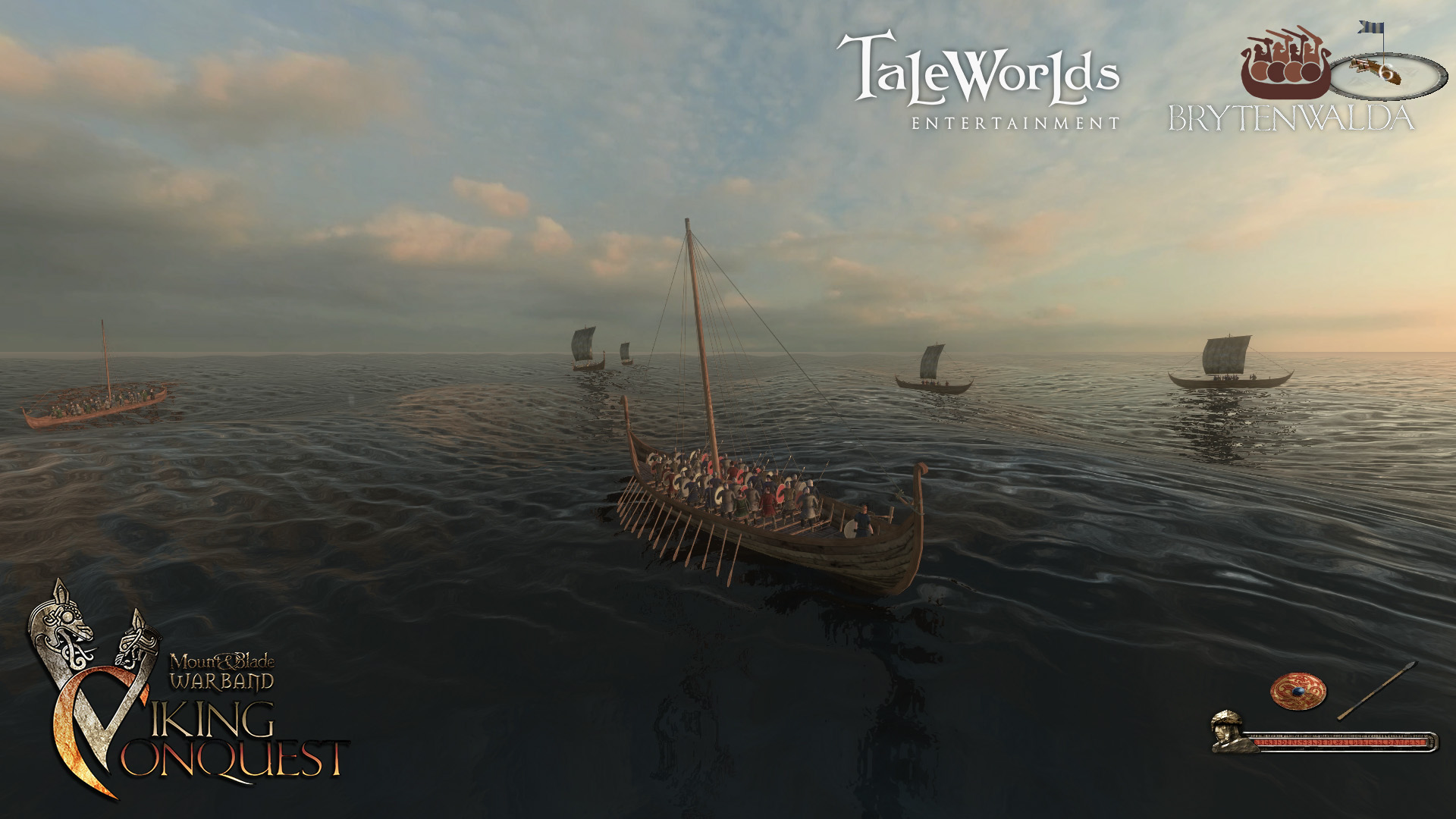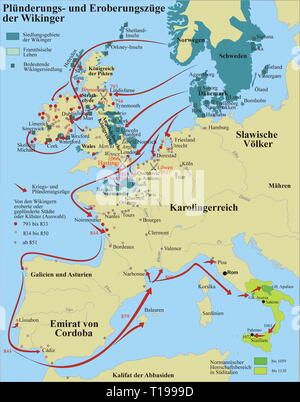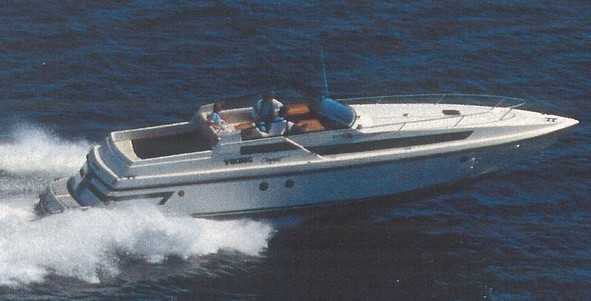
Icelandic sagas also revealed that these characteristics were common in Viking societies, the scientists added. Other possibilities the model presents include that the Vikings were hypersensitive to insults, that they viewed risk taking positively and that there was intense competition among men. Ancient mass graves and Icelandic sagas support this explanation, the researchers said. This model suggests that most Viking raiders would have been young men. For instance, the Irish text "War of the Gaedhil with the Gaill" recorded that one fleet belonged to a woman dubbed the Inghen Ruaidh, or "Red Girl," in Ireland during the 10th century A.D., the researchers said.

For example, if the trigger for the raids was "innovations in sailing technology, why did Scandinavians elect to go raiding rather than focusing their efforts on peaceful trade?" said senior study author Mark Collard, a biological anthropologist at Simon Fraser University in Burnaby, British Columbia.Īrchaeological Viking finds discoveries and historical records suggest that loot and captives were main targets of raiders, and that most Vikings were men, although there is evidence that some raiders may have been women.

However, scientists have argued that such explanations are not especially convincing because they raised questions as to why Scandinavians did not respond in other ways to such triggers.

Another cited innovations in sailing technology, such as the additions of keels and sails to Scandinavian longships. One scenario hinted that warm climates led to better harvests and thus larger populations, and that such big groups felt compelled to raid. Previous research suggested a wide range of potential triggers for the Viking Age.

However, the causes of these invasions remain uncertain. 750 to 1050, shipborne crews from Scandinavia went "viking" - that is, they started raiding. During the Viking Age, which archaeological discoveries and written texts suggested lasted from about A.D.


 0 kommentar(er)
0 kommentar(er)
